Riedelia coralina (Coral Ginger Borneo Pink)
Top Tropicals Plant Encyclopedia
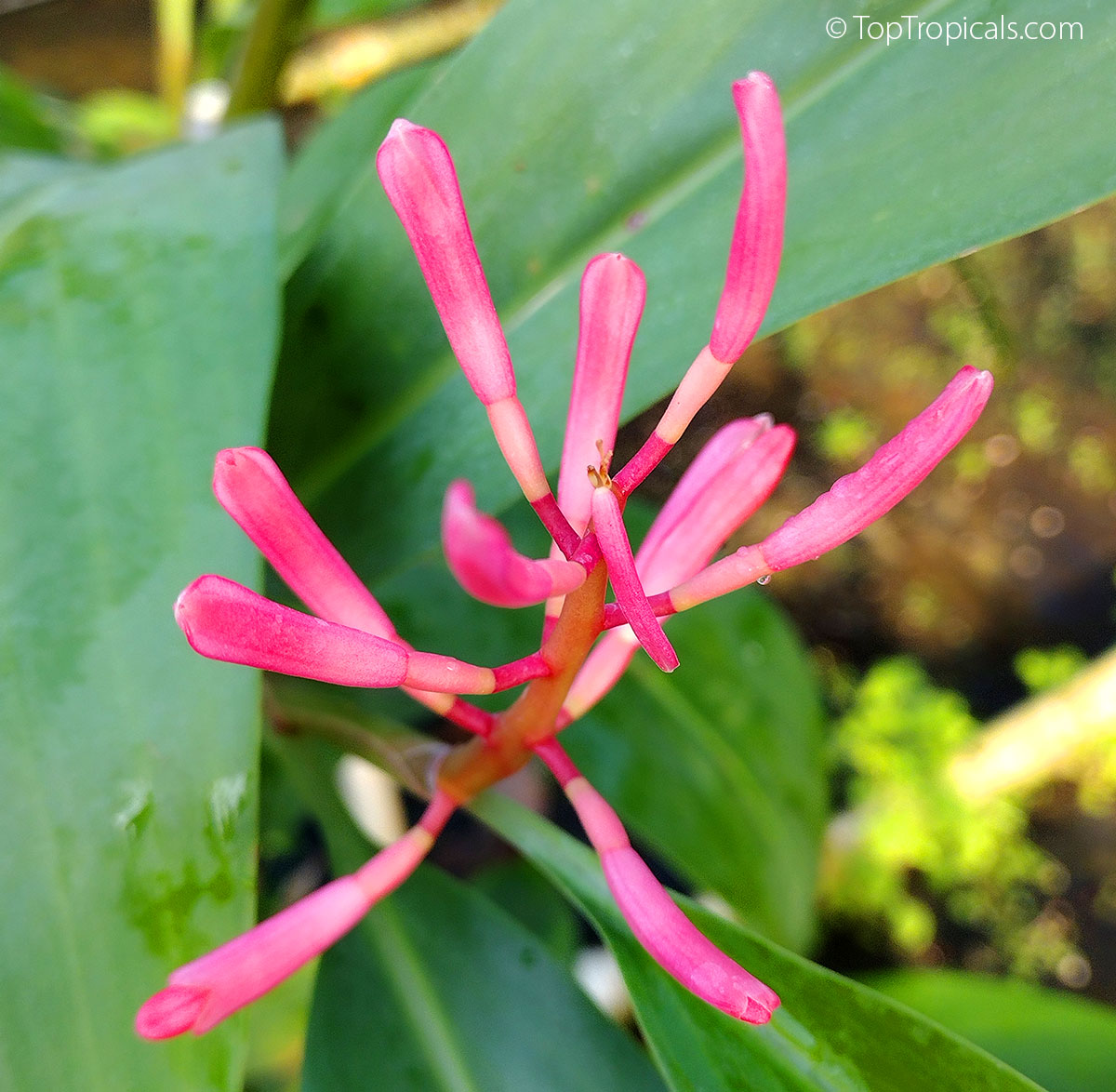
Botanical names: Riedelia coralina, Riedelia corallina
Common name: Coral Ginger Borneo Pink
Family: Zingiberaceae
Origin: New Guinea








Riedelia coralina is so rare that published information about this exact species is extremely hard to find. Most references to it appear in specialized collector circles rather than in widely available horticultural or botanical literature.
Species close related to Burbidgea. The edible flowers have pleasant, spicy fragrance and flavor. Riedelia coralina is so rare that published information about this species and photos are extremely hard to find. Most references to it appear in specialized collector circles rather than in widely available horticultural or botanical literature. Detailed botanical descriptions of Riedelia coralina are scarce.
Riedelia is a genus in the ginger family (Zingiberaceae), mostly native to New Guinea and nearby regions. Most species are found in the understory of tropical rainforests and prefer warm, humid, and partially shaded environments.
Like other gingers, Riedelia species typically form clumps from rhizomes, producing upright leafy stems and showy inflorescences.
Coral Ginger Borneo Pink Ginger, as the name suggests, has coral or pink-hued bracts or blooms, fitting the Coral Ginger nickname. Broad, lanceolate leaves arranged alternately on leafy stems that emerge from rhizomes.
Prefers filtered sun or dappled shade in a humid, tropical environment. Indoor growers can simulate rainforest conditions with warm temperatures and consistent moisture.
A rich, well-draining potting mix high in organic matter helps keep the roots from sitting in water. Keep soil evenly moist but not waterlogged.
Riedelia coralina is virtually unknown in mainstream horticulture, making it a prized collector's item. Any plants in cultivation likely come from very limited nursery sources or specialty plant imports.
If you're seeking Riedelia coralina, you may need to rely on small-scale collectors or specialty nurseries that import rare tropical gingers. Because its so uncommon, ensure that any source follows legal and ethical guidelines regarding collection and export. If you're lucky enough to acquire a specimen, treat it like most delicate rainforest gingers: provide warmth, humidity, bright but filtered light, and well-draining soil.
We obtained this super rare ginger from the collection of Mark Hooten. The seedlings finally bloomed for us in January 2025.
Species close related to Burbidgea. Riedelia coralina is so rare that published information about this species and photos are extremely hard to find. Most references to it appear in specialized collector circles rather than in widely available horticultural or botanical literature.
Recommended Fertilizer: SUNSHINE Robusta - Rapid Growth Booster
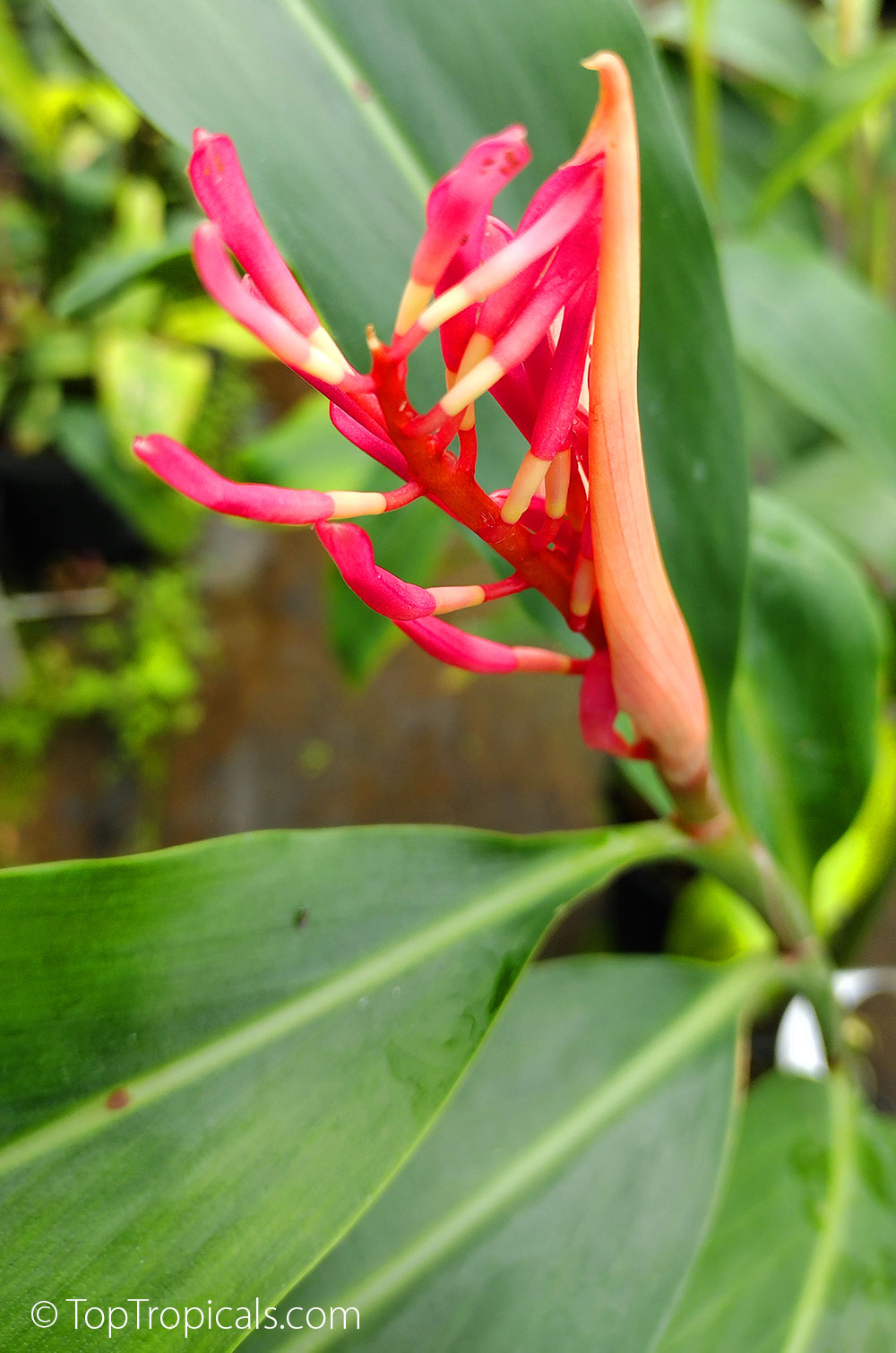
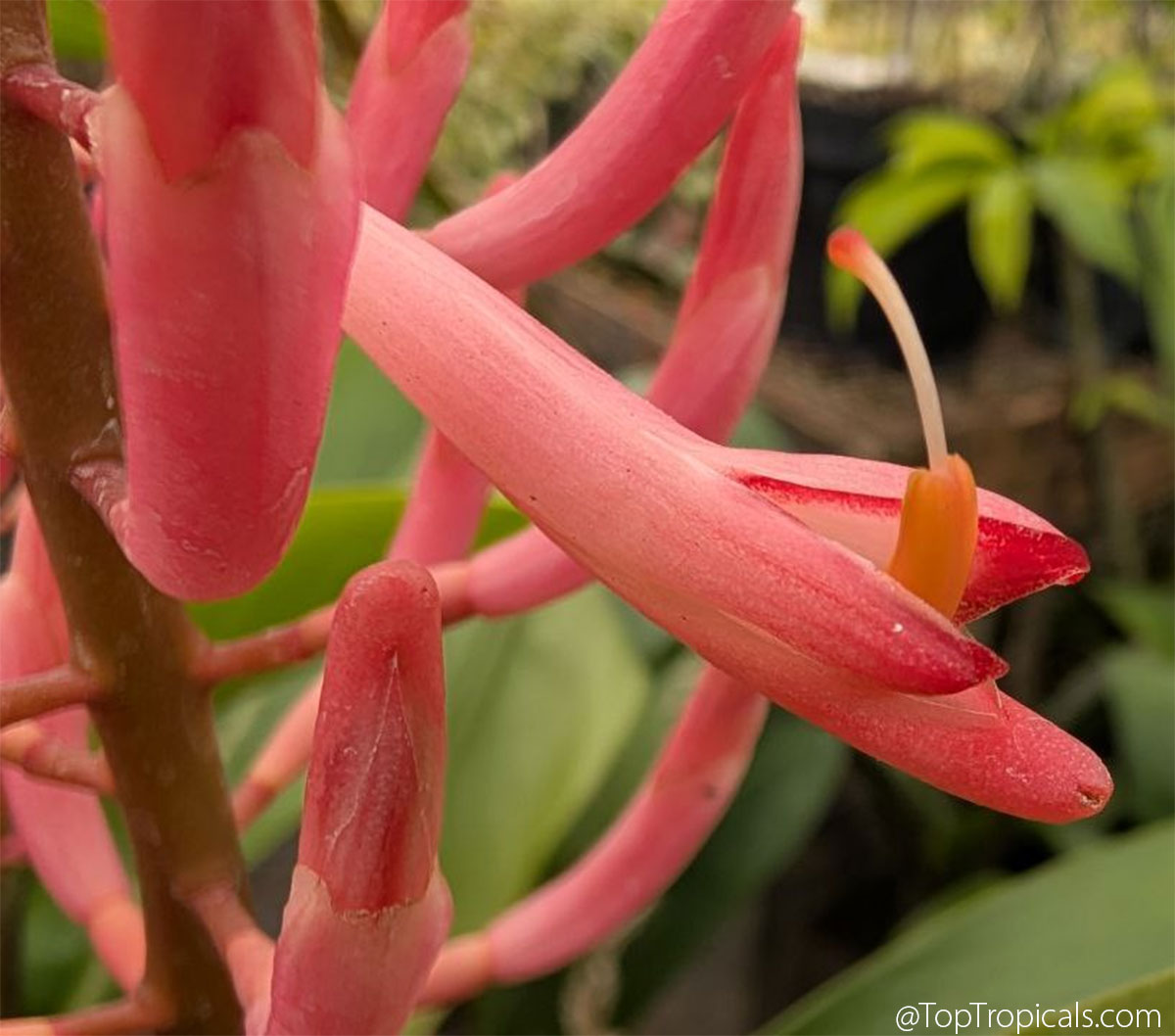
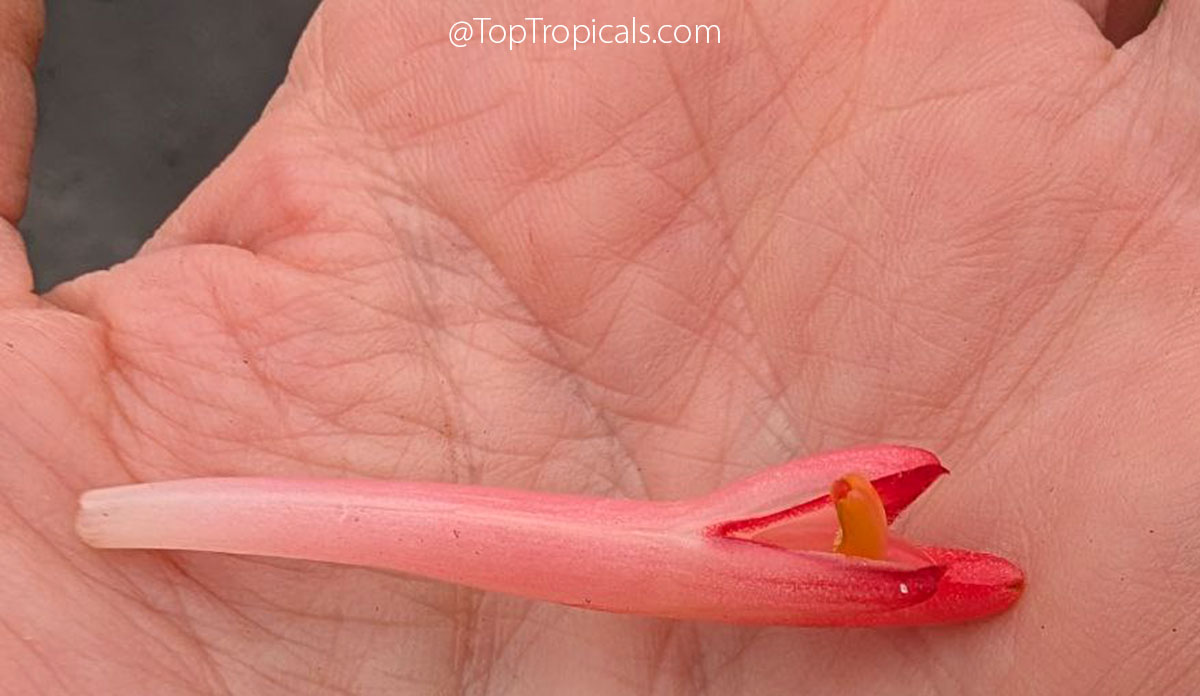
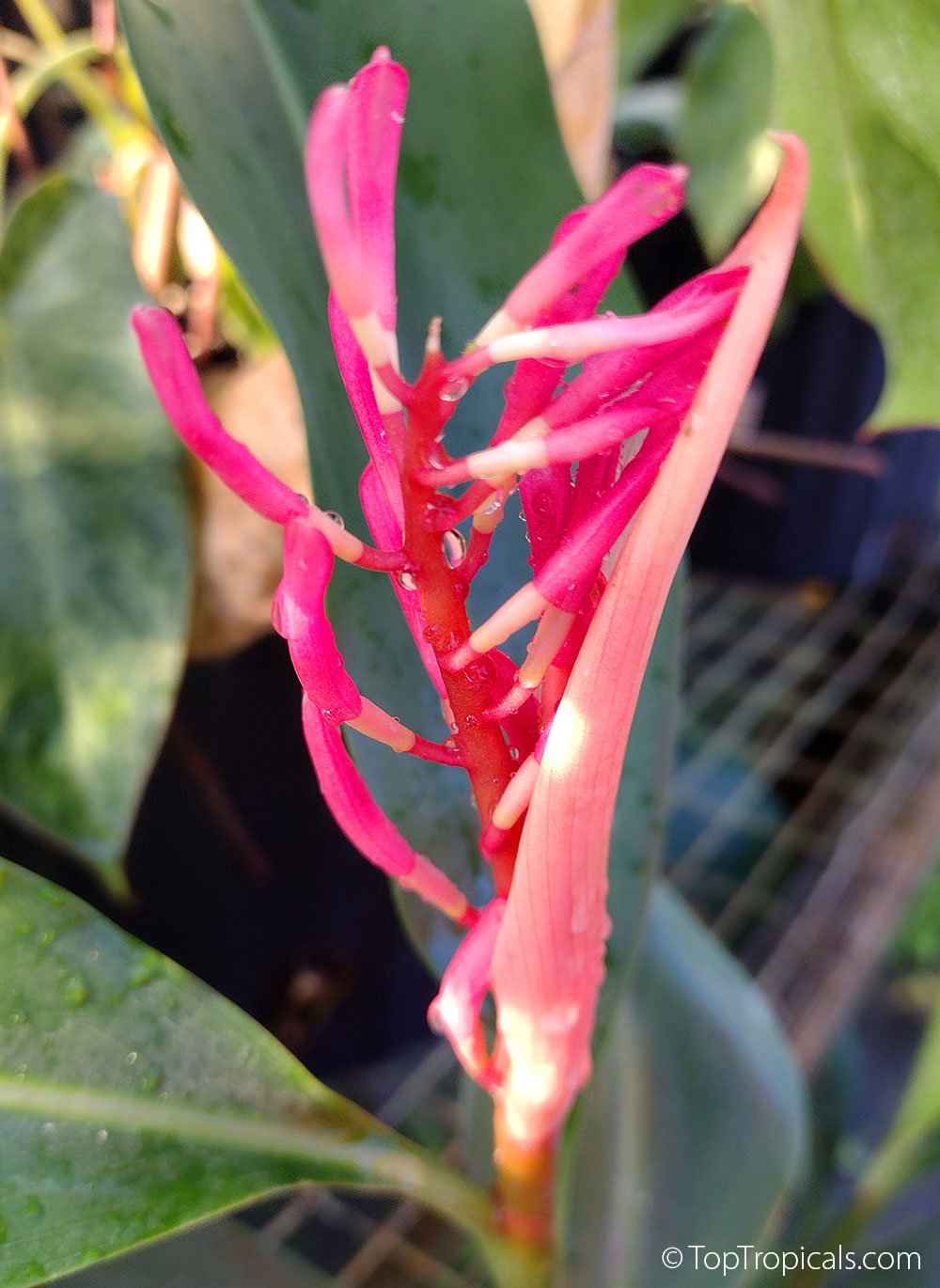
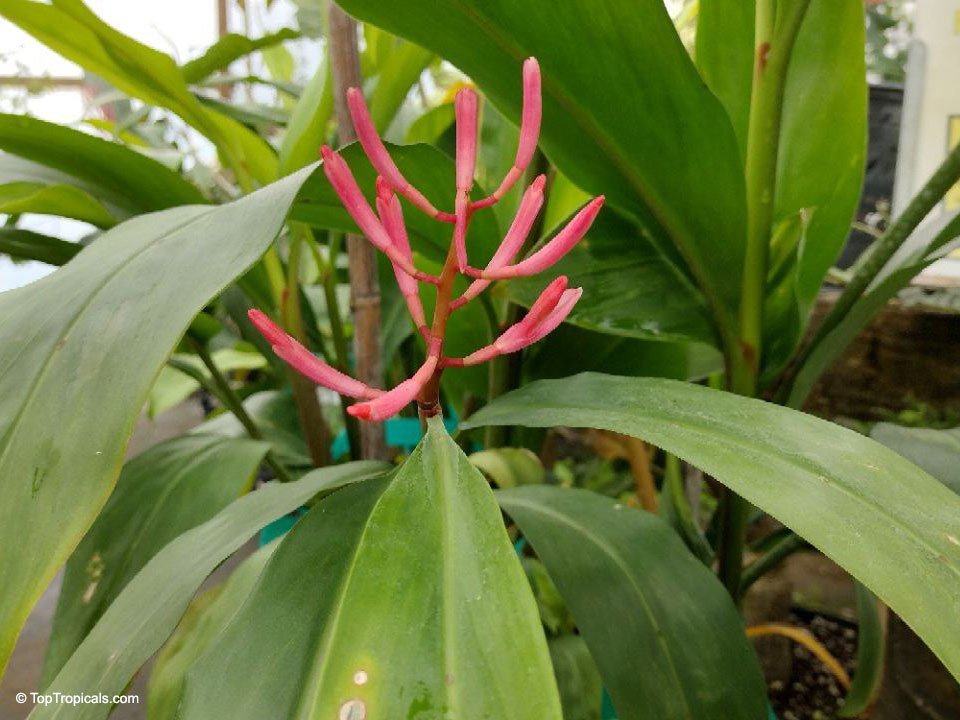
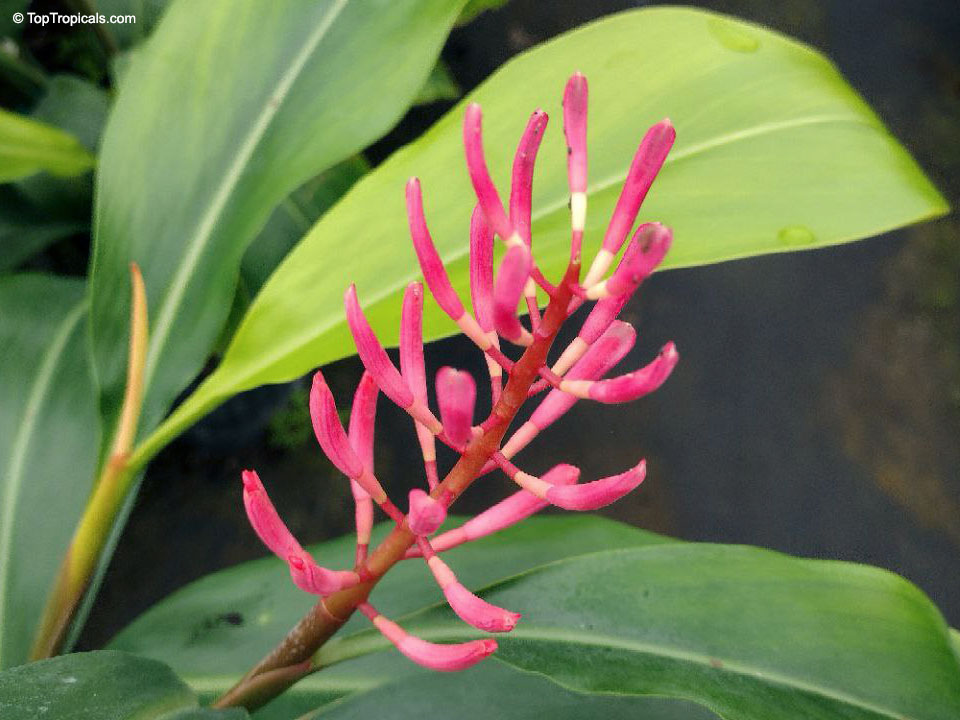
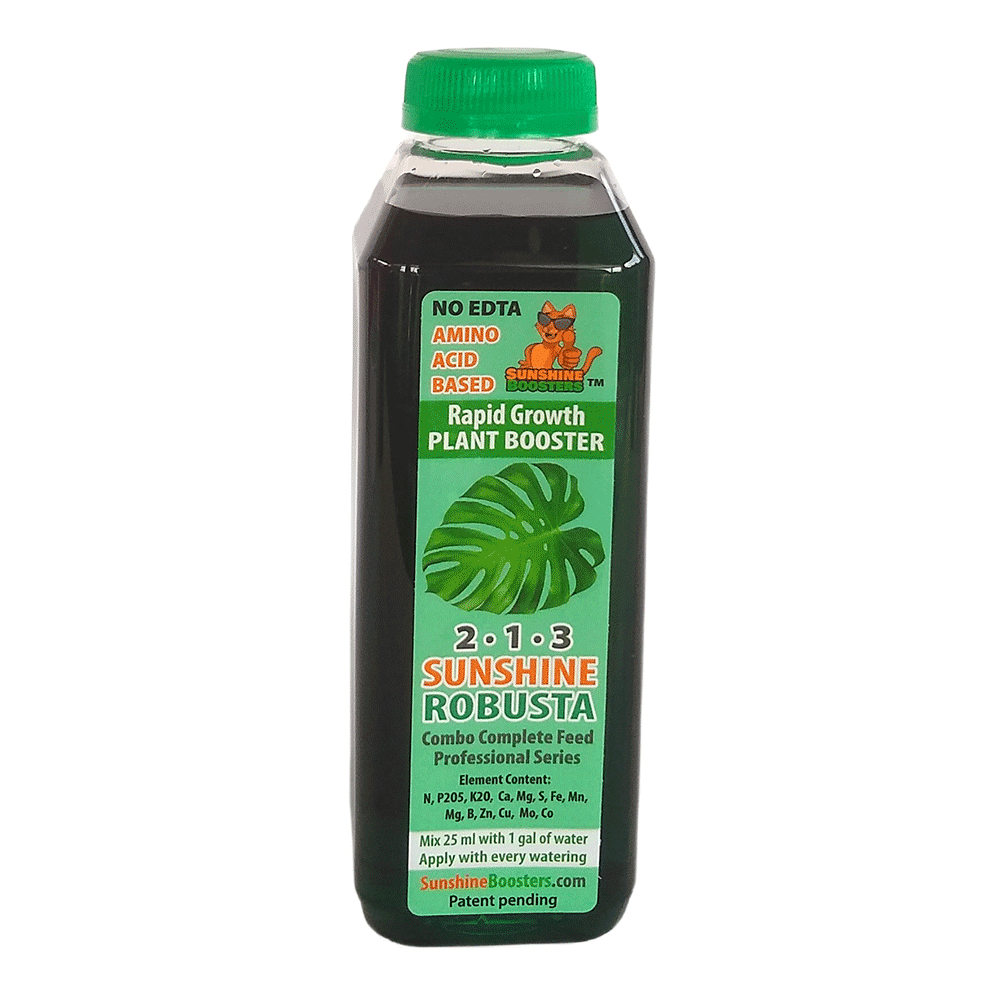 SUNSHINE Robusta (NPK 2-1-3) - Vegetative Vigor Booster for every watering. Formulated especially for vegetative stage of plant development. Can be used for a quick build-up of vegetative growth, for establishing and recovering damaged plants that lost many leaves. This is an eco-friendly nutrition booster that can be used for edibles and organic gardens. Can be used for daily feeding with every watering. Scientifically-balanced stable formula is organic Amino-acid based and has NO EDTA chelators to eliminate nutrients lockup; it does not affect crop taste. Organic Amino acids greatly enhance stability of all Sunshine boosters and provide excellent absorption of trace elements. Pollinating insects friendly.
SUNSHINE Robusta (NPK 2-1-3) - Vegetative Vigor Booster for every watering. Formulated especially for vegetative stage of plant development. Can be used for a quick build-up of vegetative growth, for establishing and recovering damaged plants that lost many leaves. This is an eco-friendly nutrition booster that can be used for edibles and organic gardens. Can be used for daily feeding with every watering. Scientifically-balanced stable formula is organic Amino-acid based and has NO EDTA chelators to eliminate nutrients lockup; it does not affect crop taste. Organic Amino acids greatly enhance stability of all Sunshine boosters and provide excellent absorption of trace elements. Pollinating insects friendly.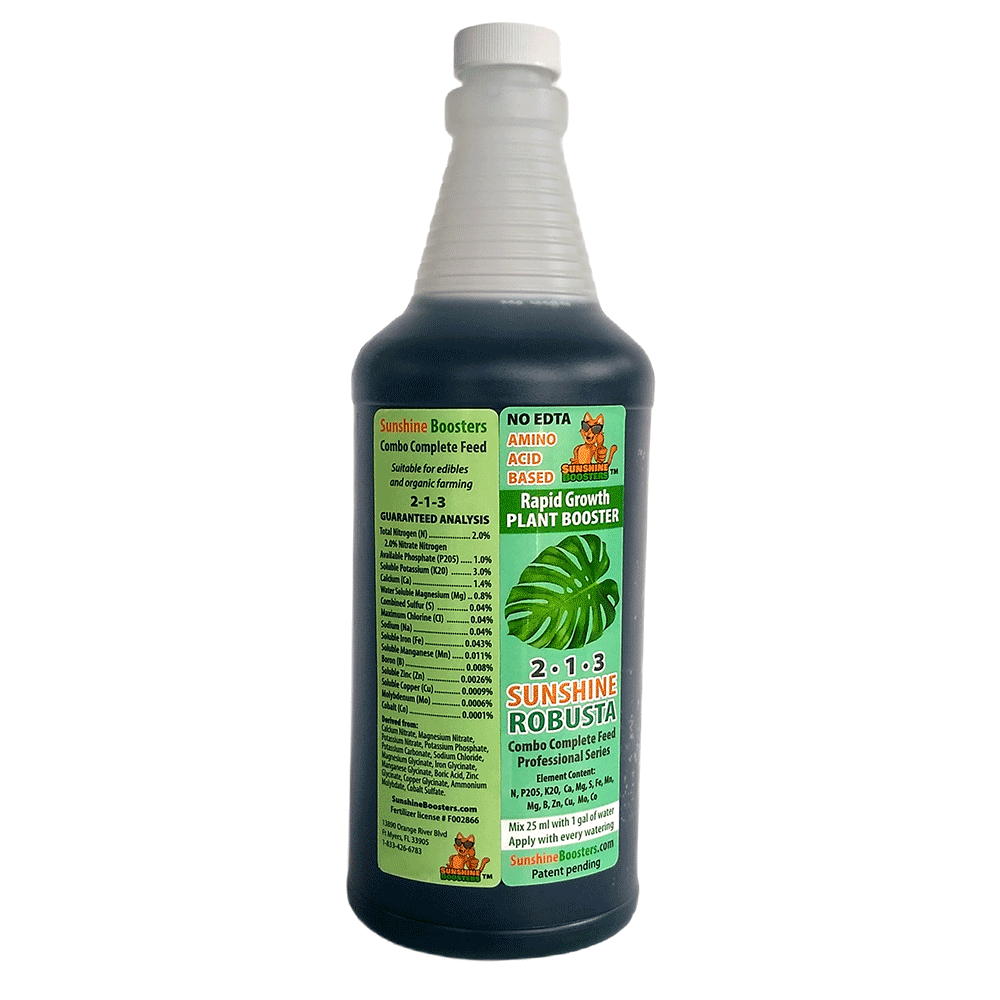 SUNSHINE Robusta (NPK 2-1-3) - Vegetative Vigor Booster for every watering. Formulated especially for vegetative stage of plant development. Can be used for a quick build-up of vegetative growth, for establishing and recovering damaged plants that lost many leaves. This is an eco-friendly nutrition booster that can be used for edibles and organic gardens. Can be used for daily feeding with every watering. Scientifically-balanced stable formula is organic Amino-acid based and has NO EDTA chelators to eliminate nutrients lockup; it does not affect crop taste. Organic Amino acids greatly enhance stability of all Sunshine boosters and provide excellent absorption of trace elements. Pollinating insects friendly.
SUNSHINE Robusta (NPK 2-1-3) - Vegetative Vigor Booster for every watering. Formulated especially for vegetative stage of plant development. Can be used for a quick build-up of vegetative growth, for establishing and recovering damaged plants that lost many leaves. This is an eco-friendly nutrition booster that can be used for edibles and organic gardens. Can be used for daily feeding with every watering. Scientifically-balanced stable formula is organic Amino-acid based and has NO EDTA chelators to eliminate nutrients lockup; it does not affect crop taste. Organic Amino acids greatly enhance stability of all Sunshine boosters and provide excellent absorption of trace elements. Pollinating insects friendly.